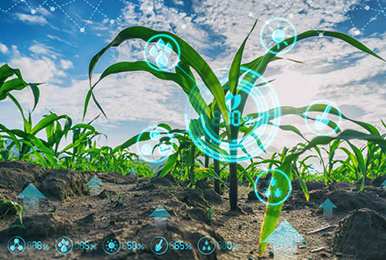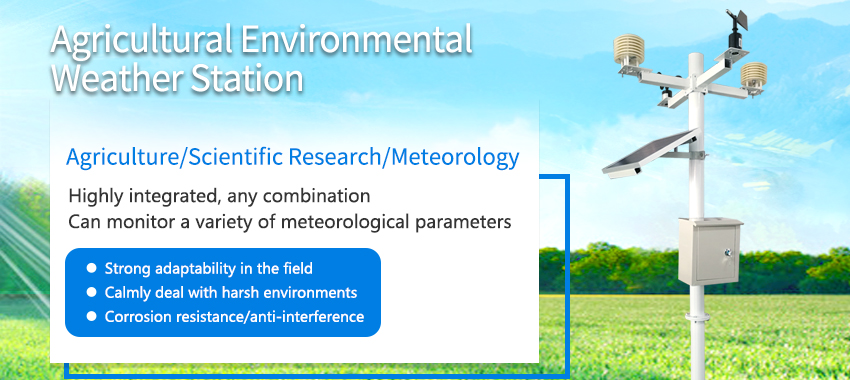Background:
While yields are attractive, vertical farms have significant capital required for infrastructure, high land costs, and of course significant energy demands. The reality of these COG dynamics requires that vertical farm operators work hard to optimize their production.With the emergence of intelligent agriculture, digital agriculture makes planting more scientific and reasonable.

In what ways is the agriculture industry adopting technology? What new technologies are being introduced?
The agriculture industry has always focused on improving the ways crops are grown and food is produced. For the last decade or so, much of the innovation has been at the confluence of the biological and digital worlds. Whether crops are grown in the open field, in greenhouses or indoors, new digital tools such as sensors, probes, digital crop management, and more are being employed to optimize the performance of the genetic offerings.
How does technology help improve our food system?
Technology and innovation are true enablers of producing food in the manner that many consumers desire. Whether it be local, sustainable, or organic production, new biological and digital solutions are the key to helping growers produce food in a manner that meets consumers’ expectations. For example, varieties can be bred for local production, seeds with robust genetic disease resistances can allow for organic production, and the digital crop management tools can aid farmers’ efforts to grow their crops sustainably.

How will the digitization of agriculture combat challenges brought on by climate change?
Using powerful digital tools to effectively manage crops is one way to address the enormous challenges brought on by climate change. Tools such as sensors and probes can first help monitor environmental conditions to allow the grower to understand what is happening to their crops. Digital tools can then be employed to adjust management inputs (i.e. water, nutrients, etc.) to deal with the conditions their crops are facing. Of course, digital tools at the R&D stage are also being employed to select varieties best equipped to deal with climate change, thus improving the farmers’ chances of a successful crop.
Multiparameter Weather Station can continuously and automatically monitor temperature and humidity, PM2.5, PM10, atmospheric pressure, wind speed, wind direction, noise, rainfall, soil, evaporation, SO2, NO, O3, CO, and quickly and accurately collect and process monitoring data to achieve regional air quality online Automatic monitoring.

What role does technology play in vertical farming?
Vertical farming is an extremely technified, data intensive production sector. If you look at the classic crop equation, Genetics (or genotype) X Environment X Management, extremely advanced system Management tools are employed to effectively control the Environment (i.e. temperature, humidity, lighting, etc.) thus striving to optimize the performance of the Genetics. Seed companies like Unfold aim to identify seed varieties whose genetics are finely tuned to excel in the controlled environment conditions of vertical farming.
What do you see as the greatest challenges with vertical farming and its growth?
One challenge is a competitive cost of goods (COGs) position. While yields are attractive, vertical farms have significant capital required for infrastructure, high land costs in some cases, and of course significant energy demands. The reality of these COG dynamics requires that vertical farm operators work hard to optimize their production vis-a-vis their costs. Another challenge is the lack of diversity of the crops being grown on a wide scale at this point in time. My feeling is that vertical farming must move beyond leafy greens and more aggressively into higher value fruiting crops such as tomato, pepper, cucumber and berries.
With the adoption of more technology, what does our future food system look like?
I am a firm believer that technology and innovation are true enablers of producing food in the manner that many consumers desire. Consumers are not just looking for flavor, appearance or affordability, but are now also asking fundamental questions about how the food was produced, who produced it and where it was produced. Technology will not only allow farmers to produce crops in a manner that meets consumers’ needs, but greater transparency and traceability will allow consumers to trust that their food does in fact meet their expectations.